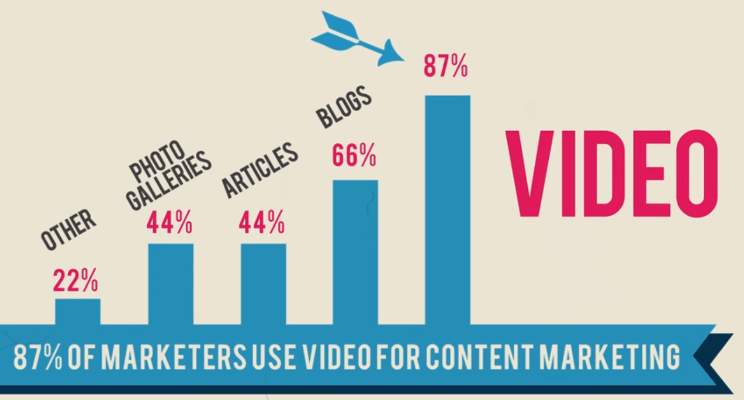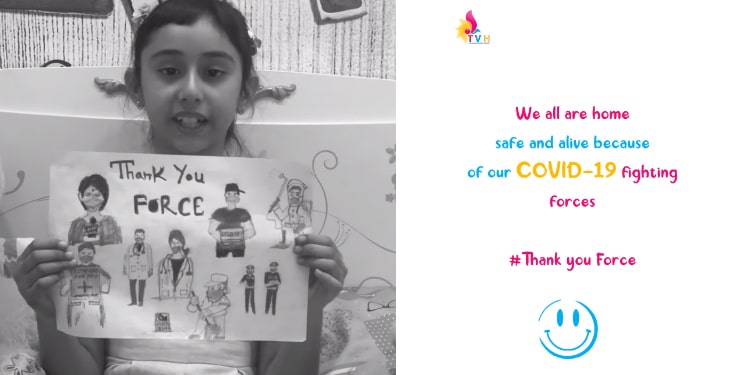The history of animation can be traced back to the Paleolithic age, making its history as ancient as human civilization itself. Over time, animation techniques have undergone significant development and innovation. Nowadays, the animation is not only used for entertainment purposes but also as a powerful tool for promoting businesses and products.
In this blog, we will delve into the ancient history of animation, tracing its evolution from a means of entertainment to its current use as a powerful marketing tactic.
Evolution of Animation
Animation has evolved significantly over time, from its early origins in prehistoric cave paintings and ancient Egyptian art to the modern-day computer-generated imagery (CGI) and motion graphics used in film, television, and video games. Along the way, animation techniques such as hand-drawn animation, stop-motion animation, and 3D animation have been developed and refined, leading to a diverse range of animated content that spans genres and styles. Today, animation continues to push the boundaries of what is possible, captivating audiences of all ages and inspiring new generations of animators and storytellers.
Let’s talk about the history of animation
Long before the advent of motion pictures, imaginative artists recognized the potential of animation and utilized various devices to showcase moving images.
In more recent history, artists and inventors throughout the world have experimented with various forms of animation, including shadow puppets, zoetropes, flipbooks, and stop-motion animation. In the late 1800s, the development of the motion picture camera paved the way for the first animated cartoons, which utilized hand-drawn images and cel animation techniques.
Here we are talking about early ways of showing motion(animation) in detail
1. The Celluloid Shift
The evolution of animation underwent a significant change known as the "celluloid shift," which took place from 1888 to 1914. During this period, early celluloid films were produced using relatively simple devices. One of the first such systems was the Theater Optique, patented by Emile Reynaud in 1888. This system featured a series of animated movies, each comprising 300 to 700 frames of painted images, with a duration of approximately 10 to 15 minutes each. Despite their crude nature, these early films paved the way for the development of more sophisticated animation techniques that would transform the industry in the years to come.
2. Shadow play
It is one of the oldest ways of portraying the story. We can say one of the early types of animation is involved in shadow play. Shadow play played a pivotal role in the evolution of animation and led to the development of shadow puppetry, which involved using figures positioned between a translucent screen and a source of light to create intricate shadows and illusions of movement.
3. Magic Lantern
The history of animation entered a new chapter with the creation of the magic lantern in 1659 by Christiaan Huygens. This device introduced innovative techniques for adding motion to painted glass slides, which came to be known as the magic lantern. These early experiments with projected images paved the way for the development of more advanced animation techniques, which have continued to evolve and expand to this day.
4. Phenakistoscope
In 1833, the first-ever animation device was introduced, which utilized sequential images in rapid succession to create the illusion of motion. This device quickly gained popularity as it marked a significant departure from traditional animation styles and techniques.
5. The Computer Revolution
A groundbreaking milestone in the evolution of animation was the incorporation of computer devices to produce animation files. In the early days, computer-generated animation was in its infancy and relatively rudimentary. The first-ever computer-animated film, Hummingbird, was introduced in 1967, long before the quirky Napoleon Dynamite was even a glimmer in a filmmaker's eye. This groundbreaking film featured frame-by-frame animation for 2D characters, all created entirely through the use of computers. As technology improved, Disney emerged as a leading player in the realm of computer-generated animation, producing beloved classics such as Mary Poppins and the Jungle Book.
6. CGI Animation
In 1984, animation styles took a giant leap forward with the introduction of computer-generated imagery (CGI), featuring both 2D and 3D animated graphics. This revolutionary technology not only facilitated faster film production but also expanded the horizons of animation to encompass web series and brand storytelling. The groundbreaking Toy Story, the first-ever fully CGI-animated feature film produced by Pixar, debuted in 1995 and forever changed the animation industry.
7. Brand video animation
As computer-generated imagery (CGI) animation technology has continued to advance, the impact of animation on the world has expanded beyond entertainment. Nowadays, the advertising and video marketing industries effectively utilize branded video content featuring animation. Compared to traditional advertising, producing animated-branded videos is generally more cost-effective and has proven to be incredibly effective at captivating and engaging target audiences. The history of animation has thus evolved to include a valuable tool for businesses seeking to promote their products and services.
Animation Styles Used in Branded Video Content

Character animation:
Character animation is used to represent the brand and product. Such type of animation became highly capitative during the time of covid - 19 because people have fewer opportunities to shoot a video for brand promotion so they start preferring character animation to reach their target audiences.
Animated ads for websites and social media:
Such types of animation content are used to attract the target audience. Animation ads and videos can be useful for website landing pages and various social media platforms. Animation in advertising has been shown to have a positive impact on Google search results, as it increases website traffic and leads to higher sales conversions.
Type of animation in multimedia
Traditional Animation
The traditional animation methods spanned from 1914 to 1967, predating the popular Fast and Furious and Transformers franchises. During this period, hand-drawn animation was created using Cel Animation, a technique that employed transparent sheets made of camphor and cellulose nitrate, known as "Cels." Animators would draw characters on cells and then overlay them onto background images, streamlining production times and reducing the number of frames required. This approach marked a significant milestone in the evolution of animation, paving the way for new techniques and technologies that would transform the industry in the years to come.
2D Animation
2D animation is a style of animation that uses vector graphics similar to the ones used in Flash. This style has gained popularity due to its accessibility and ease of use. Instead of editing frame by frame, artists can create character rigs that allow them to move individual body parts without redrawing the entire character. This flexibility is particularly beneficial for beginner animators who may not have advanced drawing skills.
3D Animation
Computer animation, commonly referred to as 3D animation, is the latest animation technology. While the process of 3D animation differs significantly from traditional animation, they both share fundamental principles of movement and composition. 3D animation relies less on drawing skills and more on manipulating characters in specialized software programs. The National Science Foundation notes that 3D animators must rely heavily on physics to create realistic movements. Animators typically create keyframes or specific movements and allow the computer to interpolate the remaining frames.
Motion Graphics
Motion graphics differ from the animation styles mentioned earlier, as they are not driven by characters or storylines. This art form focuses on moving graphic elements, shapes, and text, and is often used in television promotions, explainer videos, and animated logos. The skills required for other types of animation, such as mimicking body movements or facial expressions, are not necessary for motion graphics. As advertisements heavily rely on motion graphics, there are ample career opportunities in this field.
Stop Motion
Stop motion animation is similar to traditional animation in that it involves combining a sequence of slightly different still images to create the illusion of movement. However, the key difference is that stop-motion animation captures real objects using photography. In this process, artists take a photograph of an object or scene, then move the objects slightly before taking another photograph. This process is repeated until the desired scene is complete, with each photograph used as a frame in the animation. Essentially, it is similar to creating a flipbook using photographs.
How to create cartoon animation

Here are basic steps that can be used to create an animation video
1. Research:
Research is the very first stage of creating an animation video.
2. Defining the project's scope:
Once you have completed the research, the next process is defining the scope of the project for a better understanding of the subject.
3. Scriptwriting:
In this process, the writer jotted down the script as per the client’s need. Once the script is ready it needs to be approved by the client.
4. Voice recording as per the script:
In this step, the script goes to the voice artist he/she records the voice and sends it again to the animator.
5. Storyboarding:
Storyboarding basically is the visual representation of animated frames that helps a lot during the editing of animation videos.
6. Illustration:
Illustration is used to give motion to an animated character
Looking to add some captivating animations to your next project? Look no further than The Visual House. Our team is a full-service communication agency that offers a wide range of animation and shoot-based services. Whether you're looking for 2D or 3D animation, explainer videos, or promotional videos, we've got you covered. Want to learn more about our services you can visit our website.


.jpg)

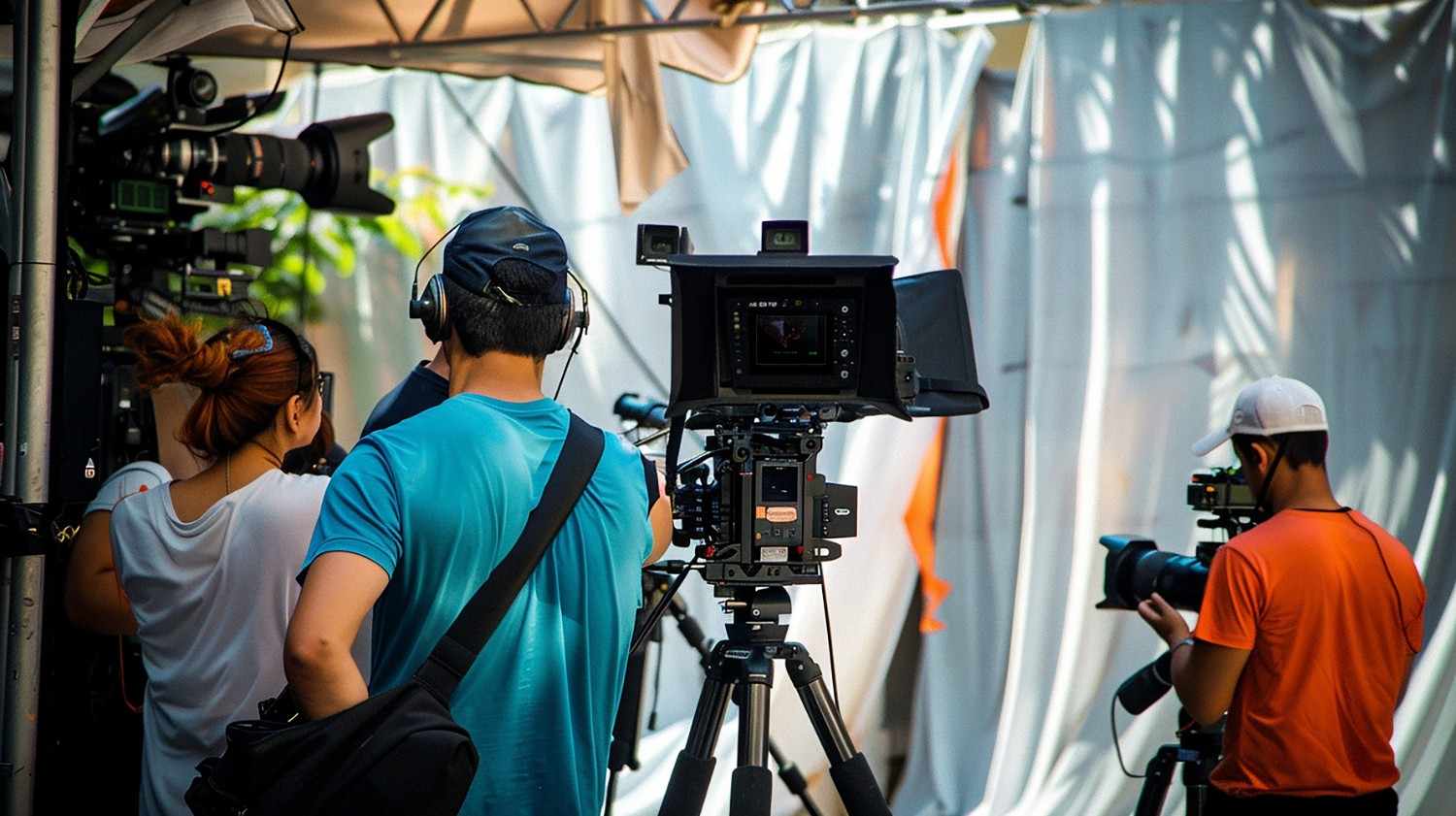


.jpg)




.png)


.jpg)
.jpg)
.jpg)

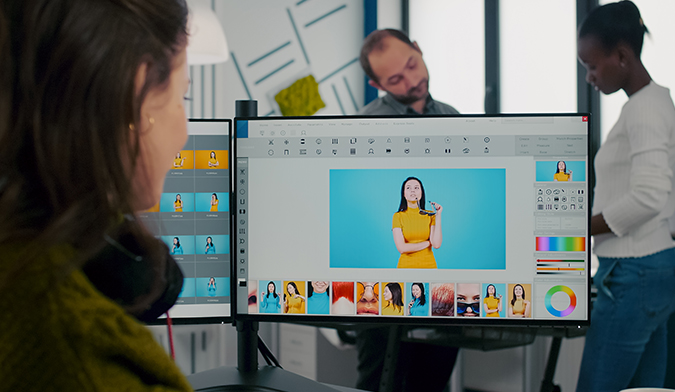
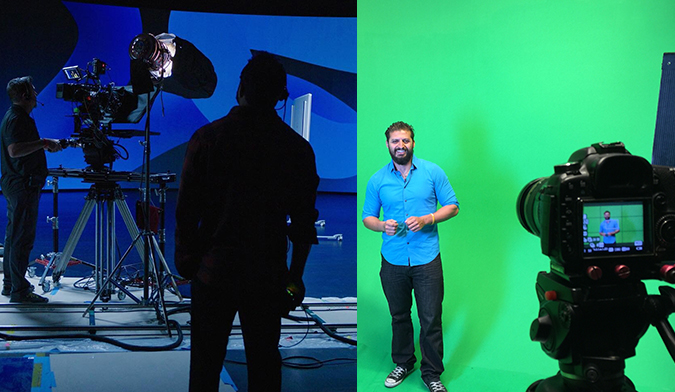


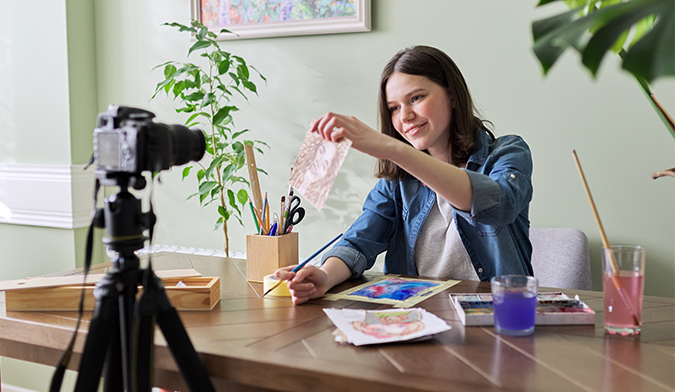
.jpg)

.jpg)
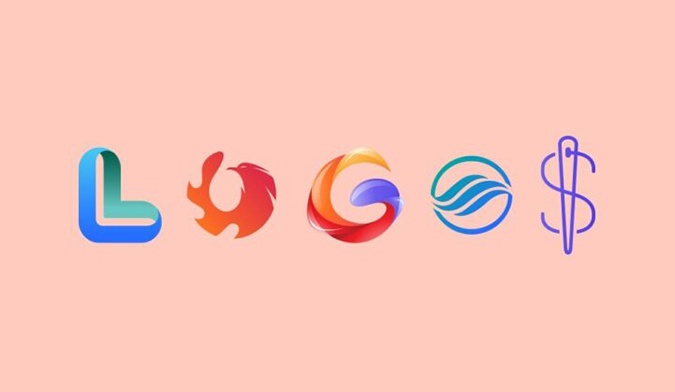
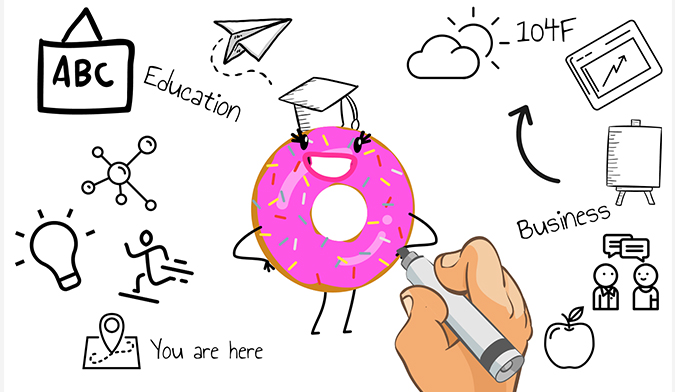
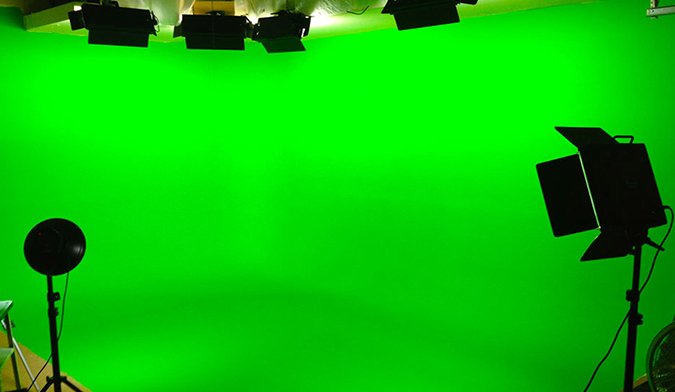
.jpg)

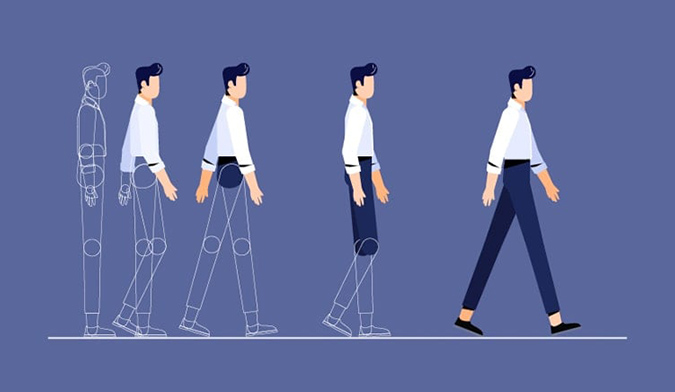



.jpg)
.jpg)
.jpg)
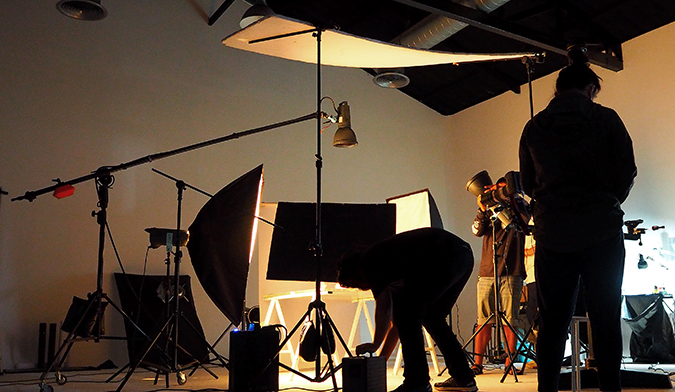
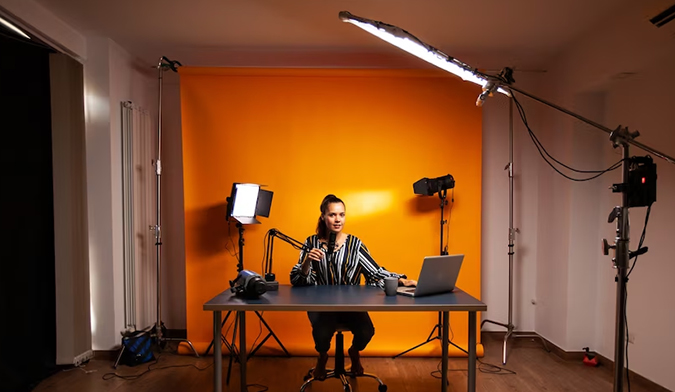
.jpg)

.jpg)
.jpg)
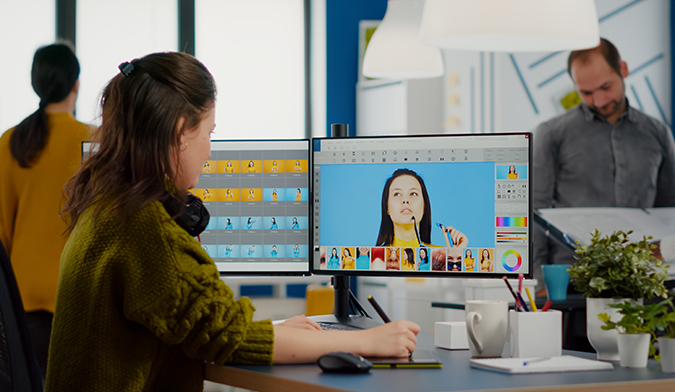
.jpg)
.jpg)
.jpg)
.jpg)
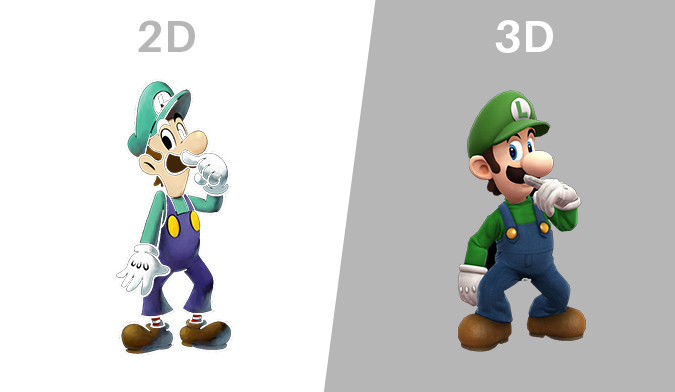
.jpg)
.jpg)
.jpg)


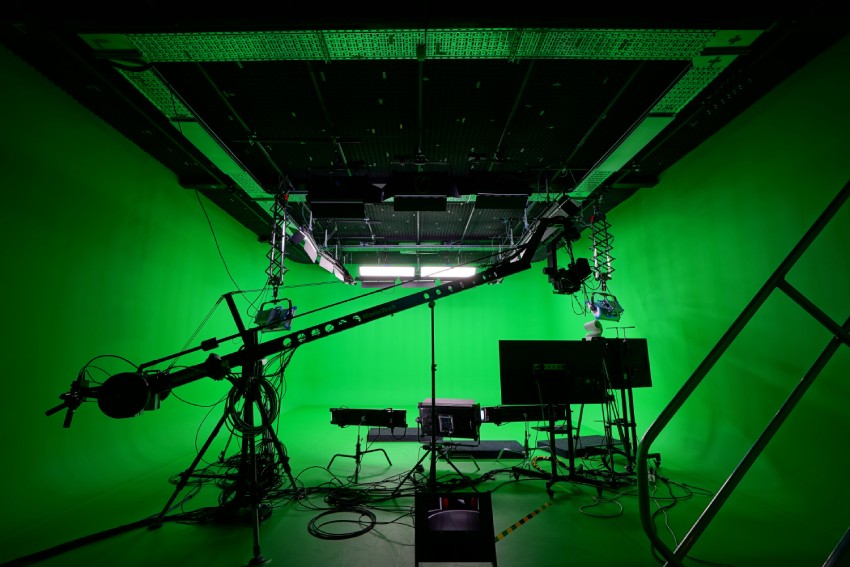
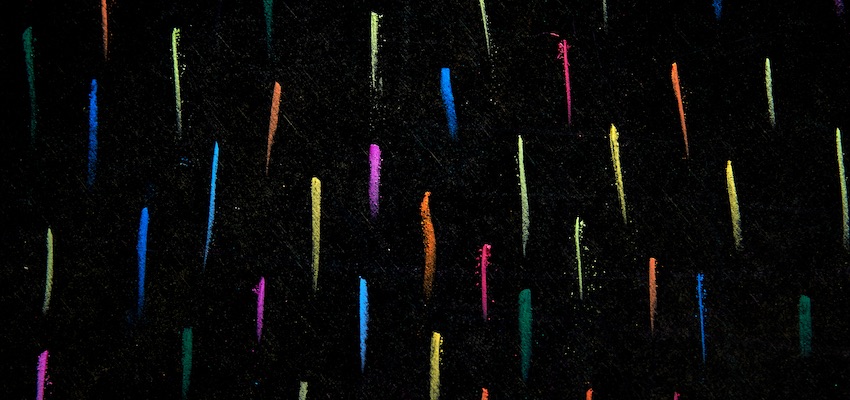










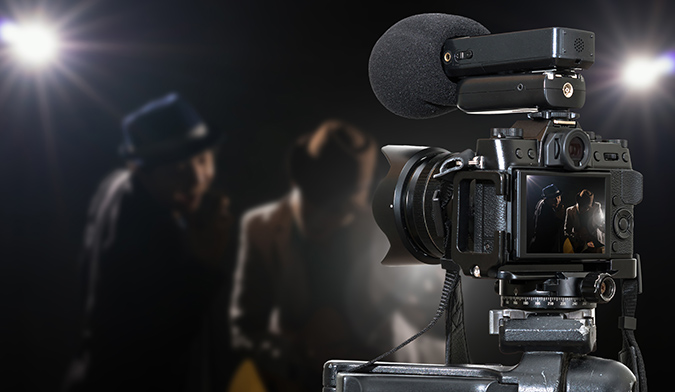
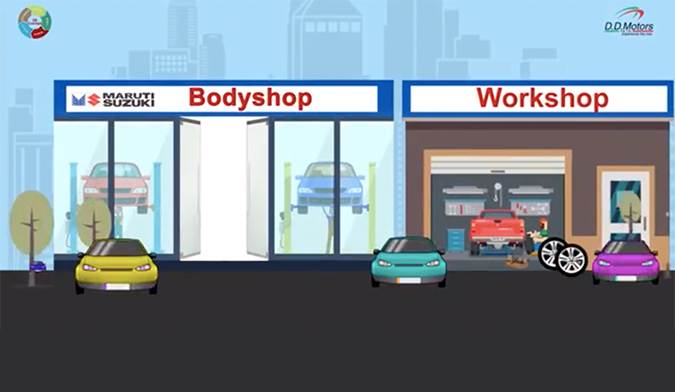
.jpg)
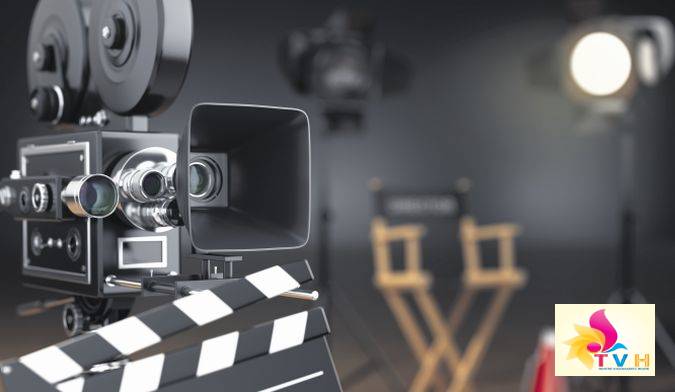



.jpg)
.jpg)
.jpg)
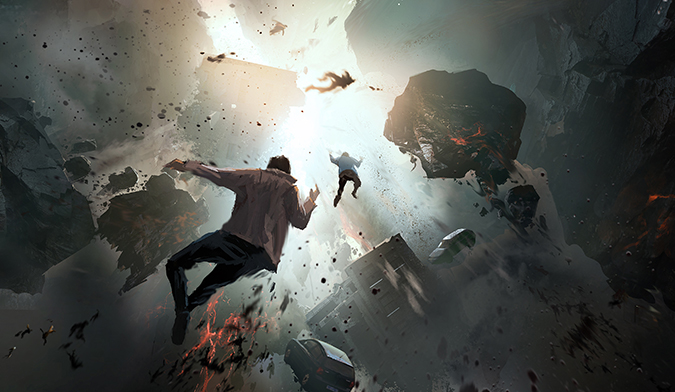
.jpg)
.jpg)
.jpg)
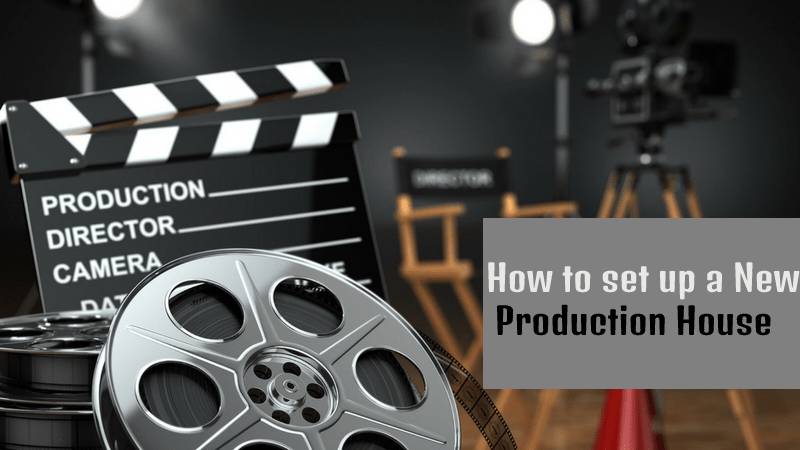

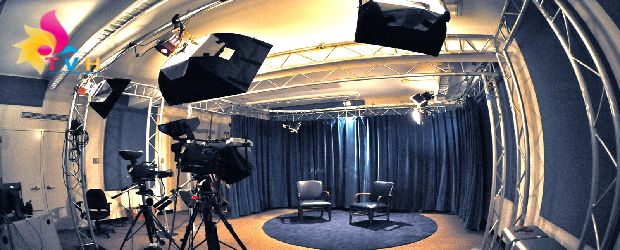

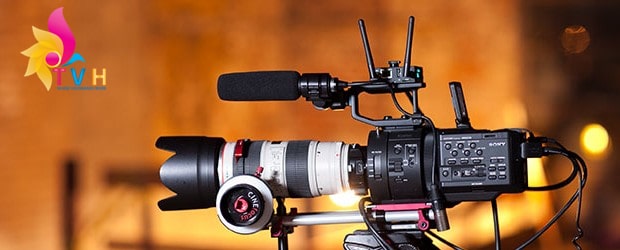
.jpg)
.jpg)
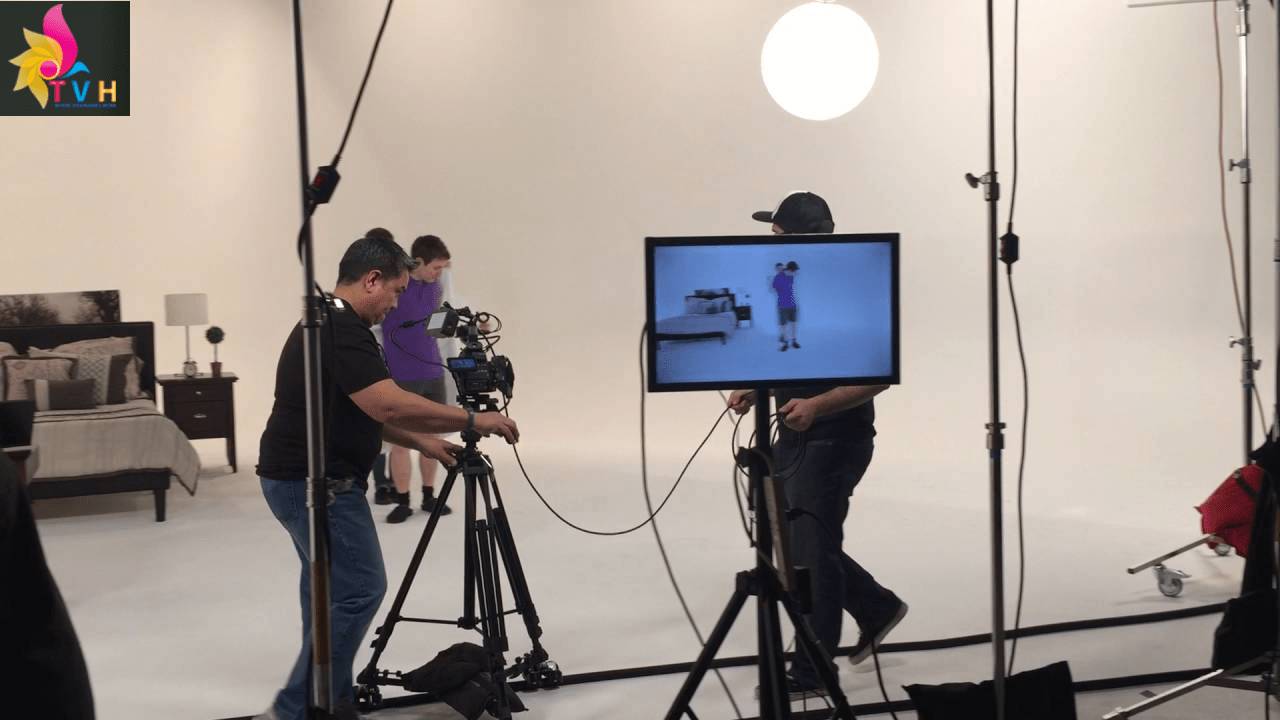

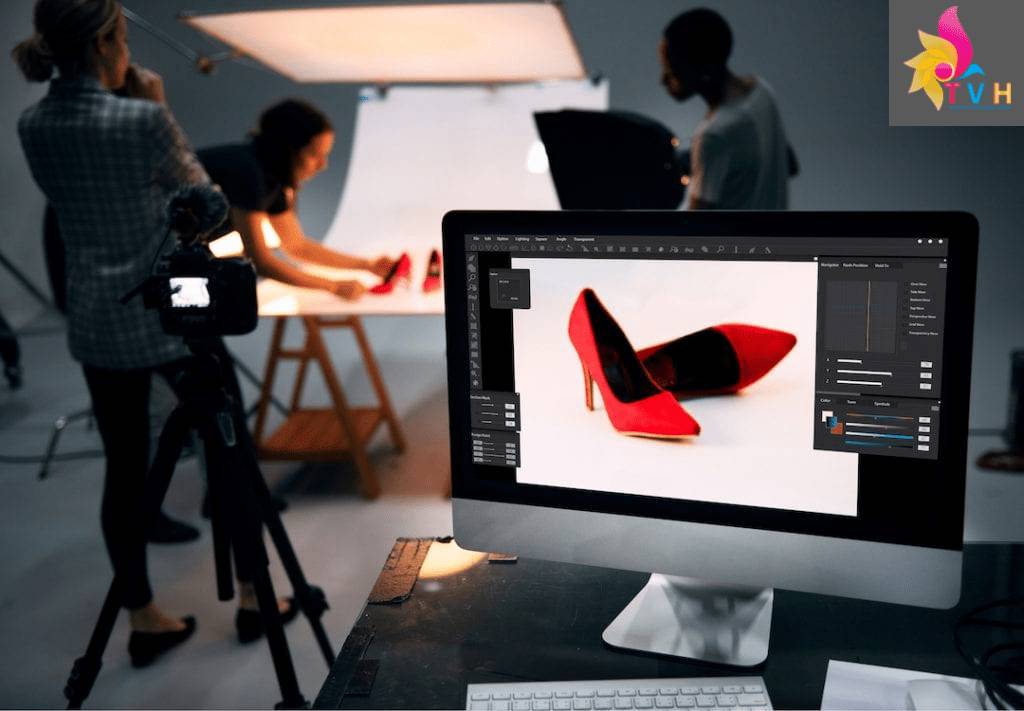
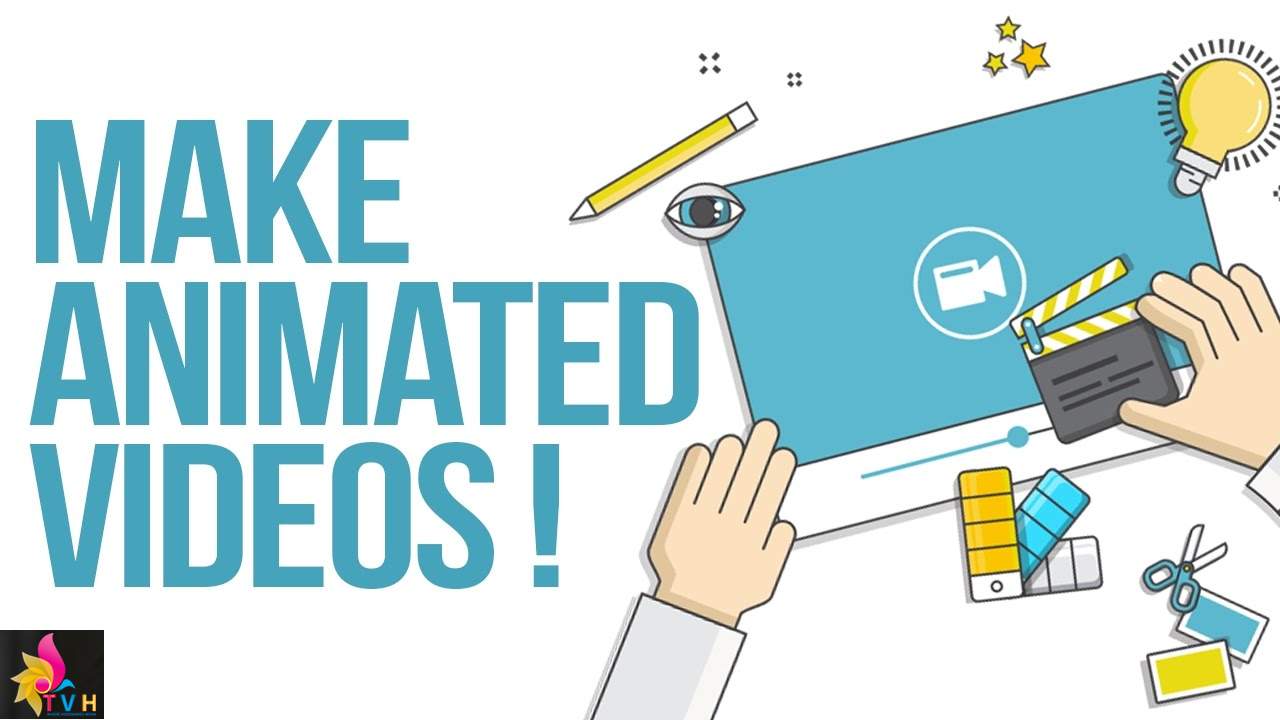

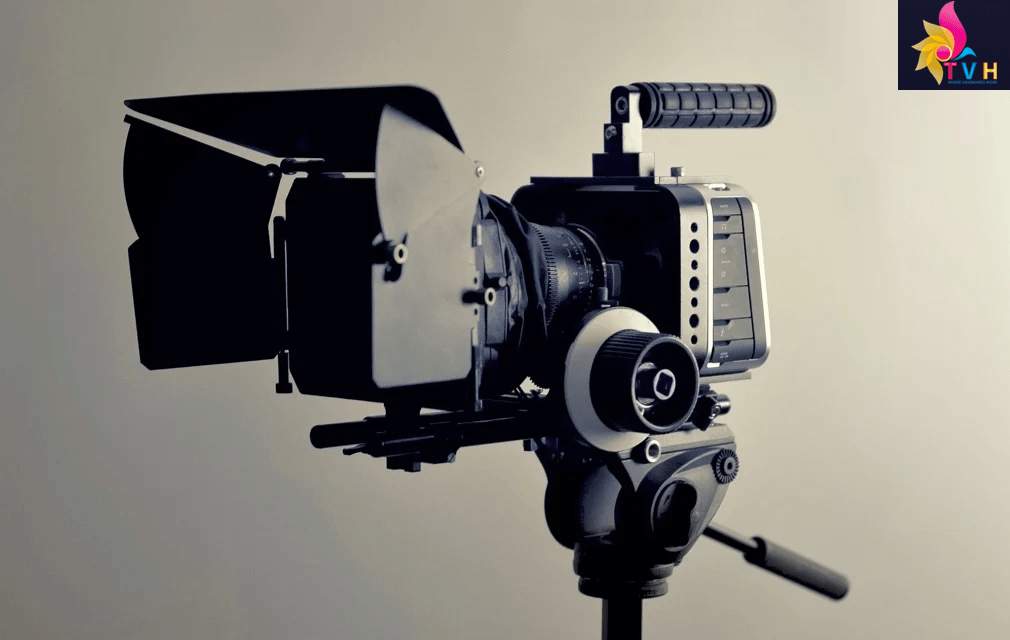
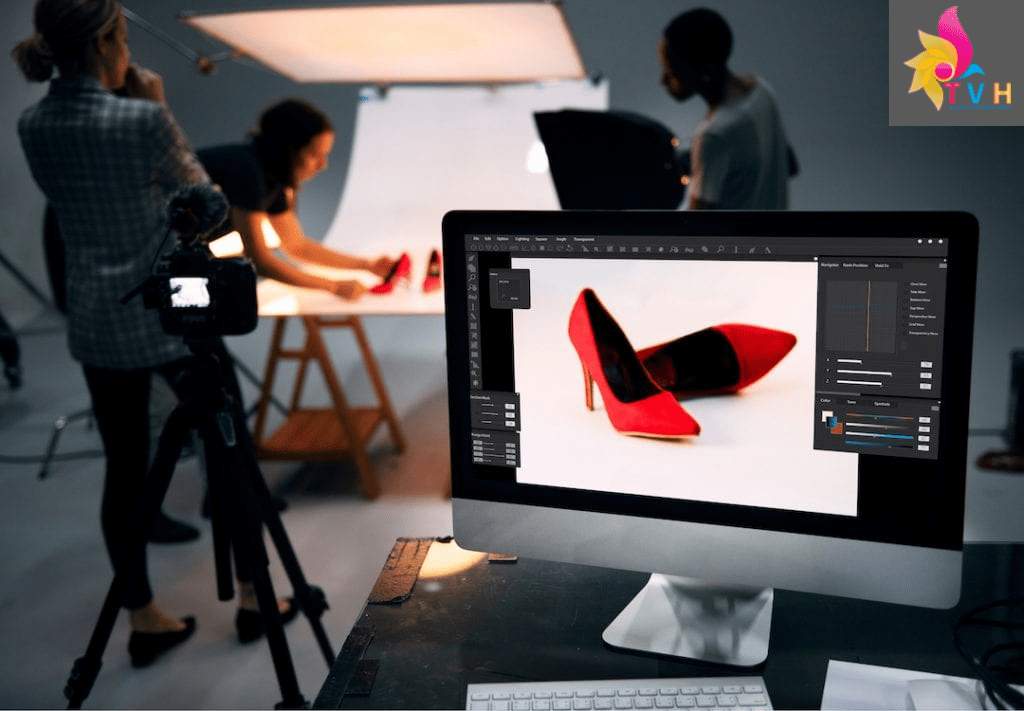

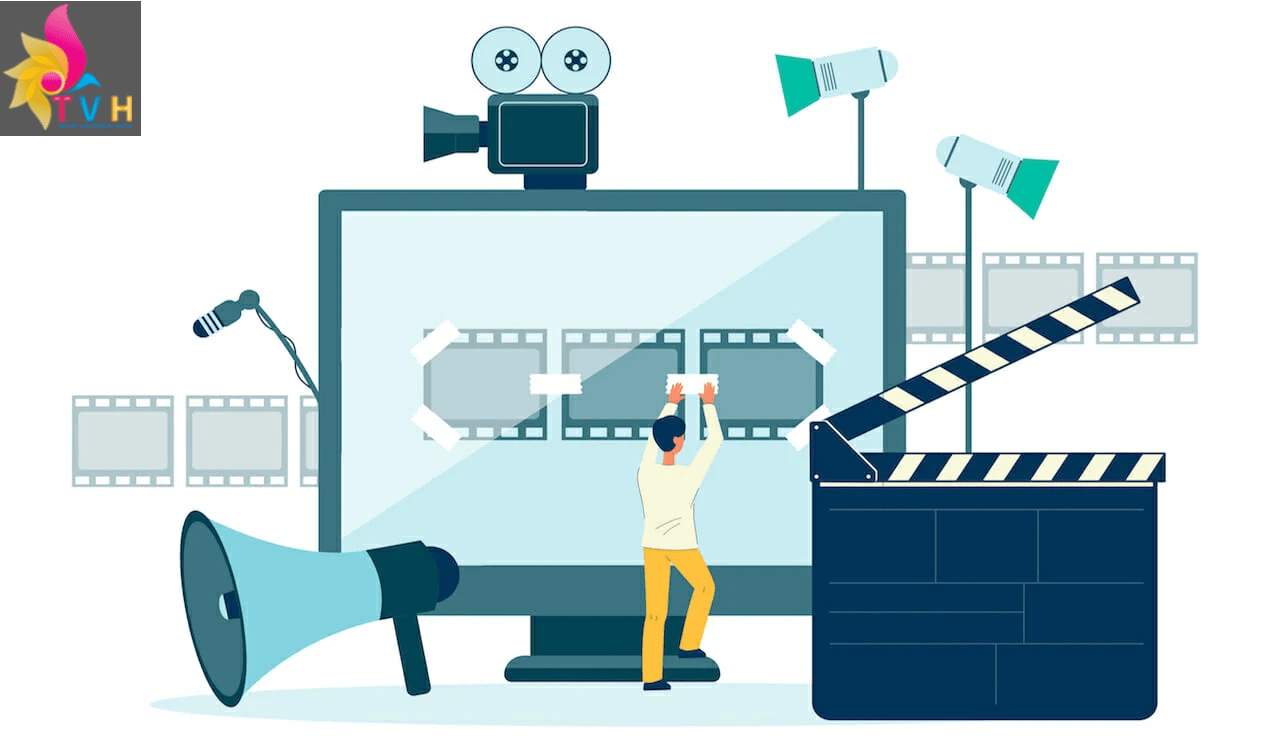


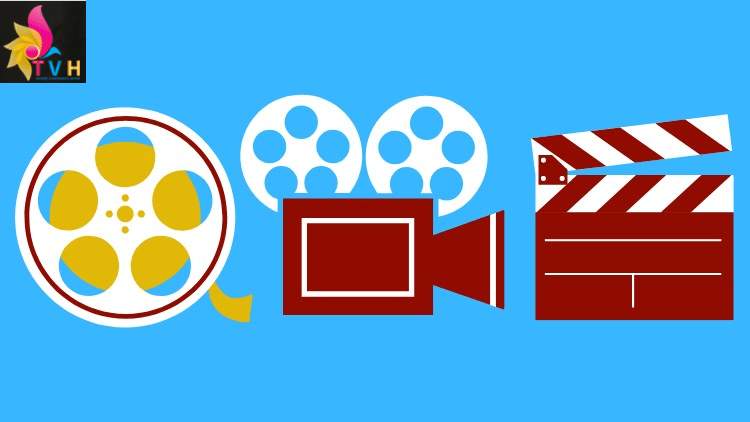

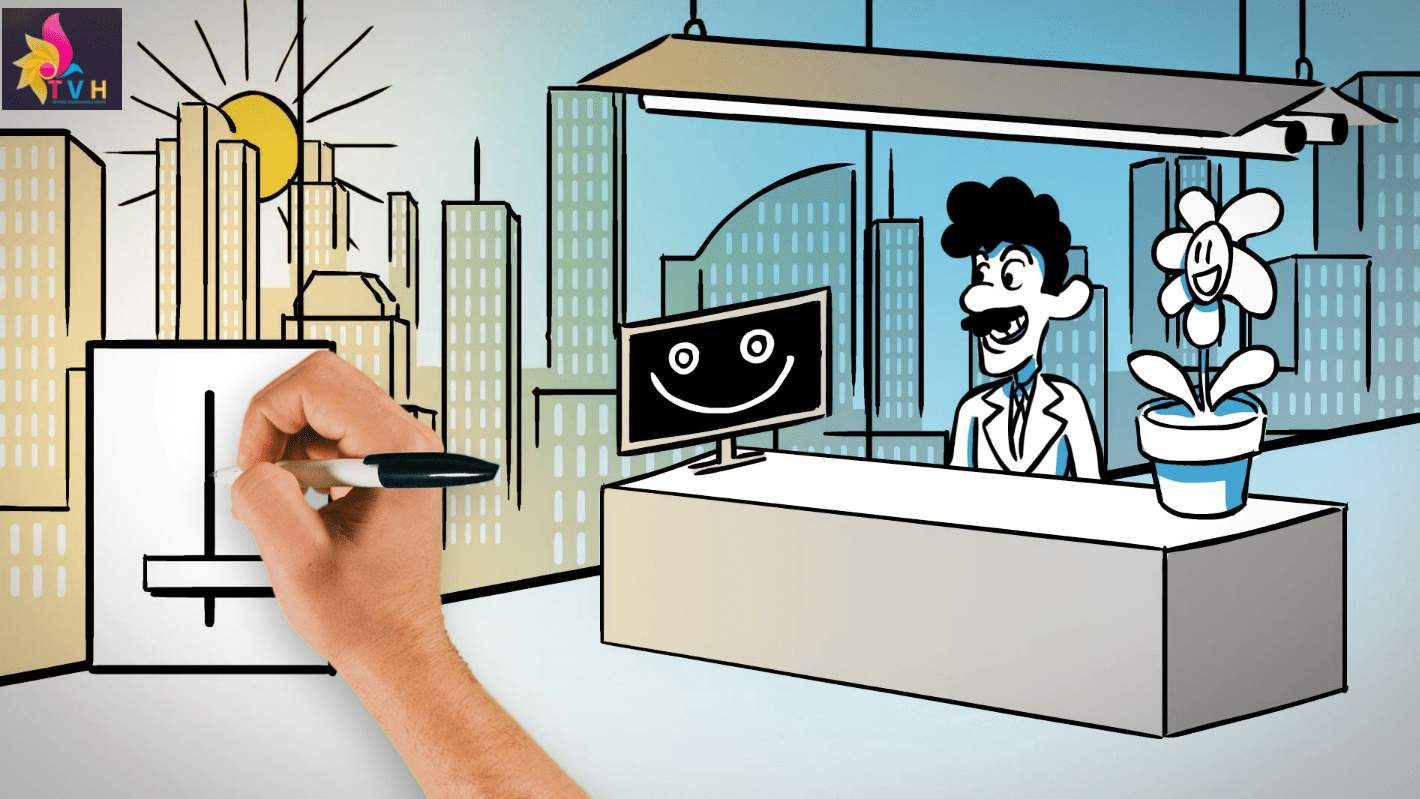
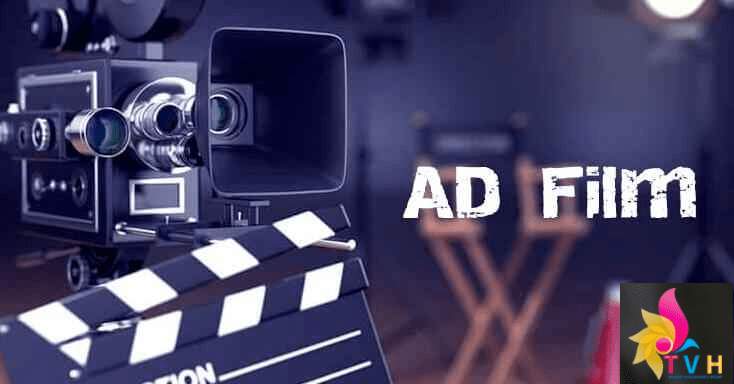

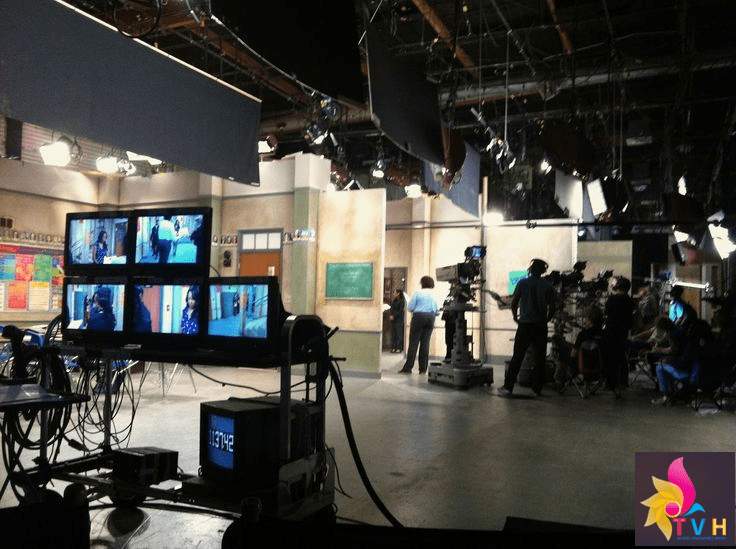


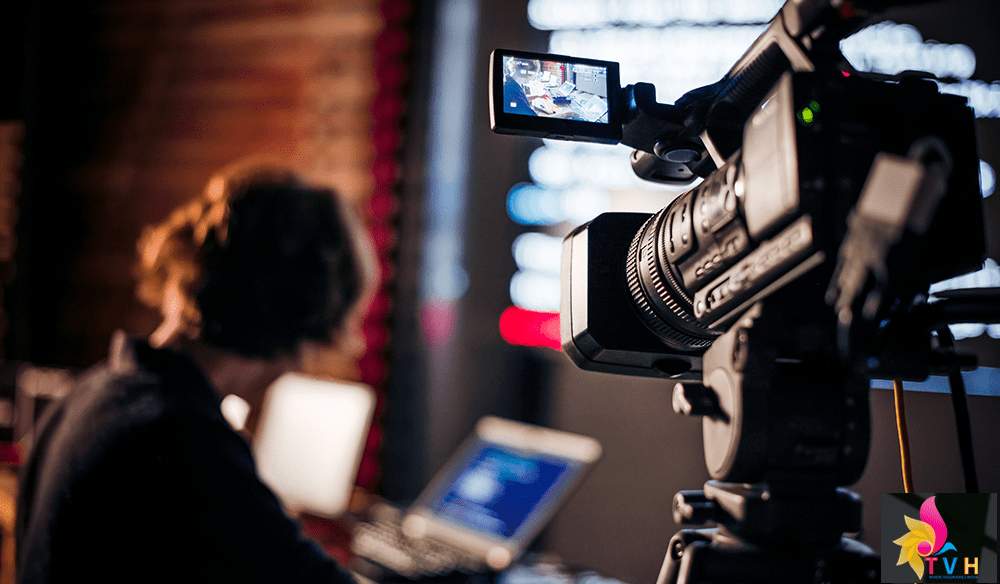

.jpg)
.jpg)
.jpg)

.jpg)
.jpg)
.jpg)
.jpg)
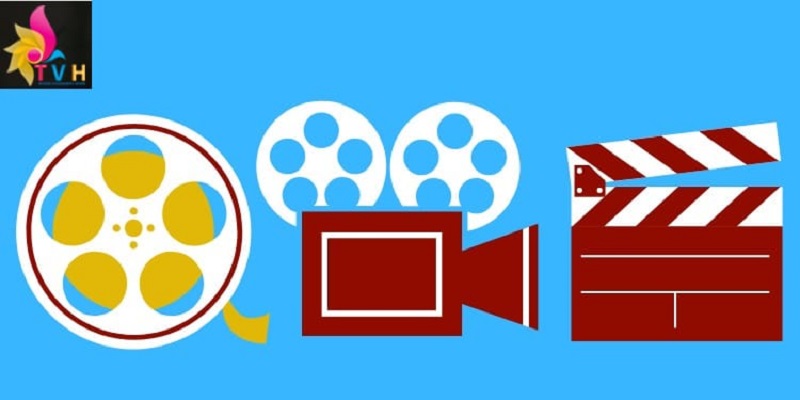









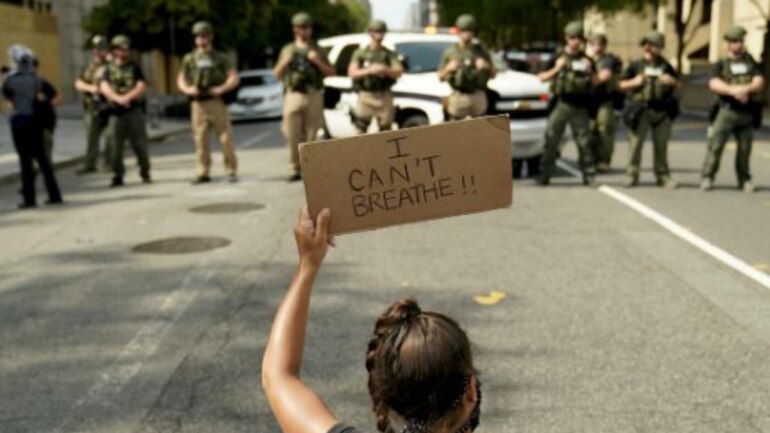
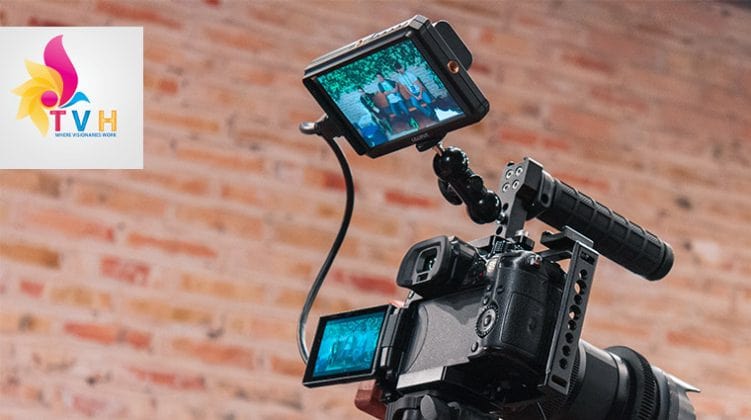
.jpg)
.jpg)
.jpg)
.jpg)
.jpg)
.jpg)
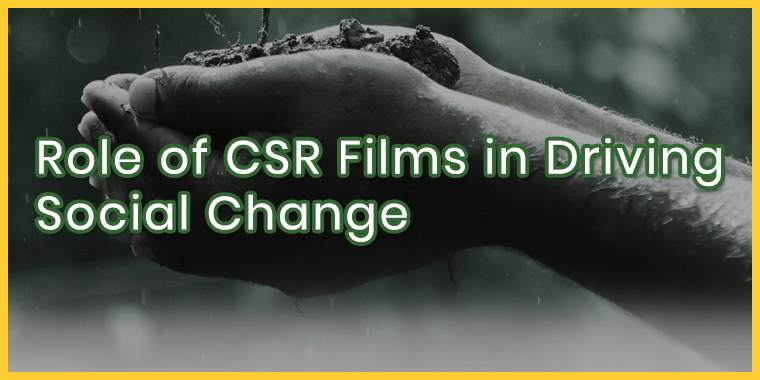

.jpg)
.jpg)
.jpg)
.jpg)
.jpg)

.jpg)
.jpg)
.jpg)
.jpg)
.jpg)
.jpg)
.jpg)
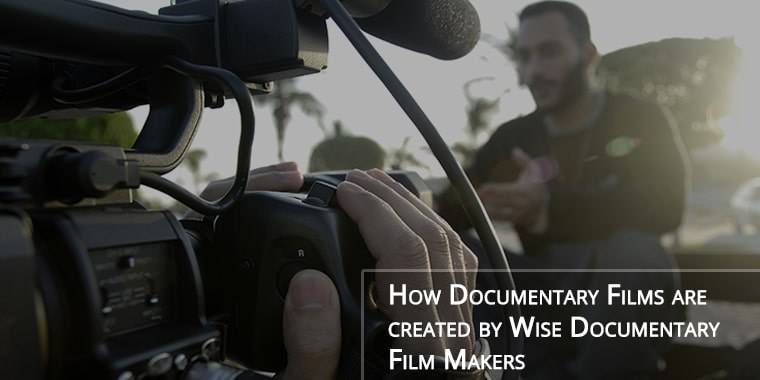

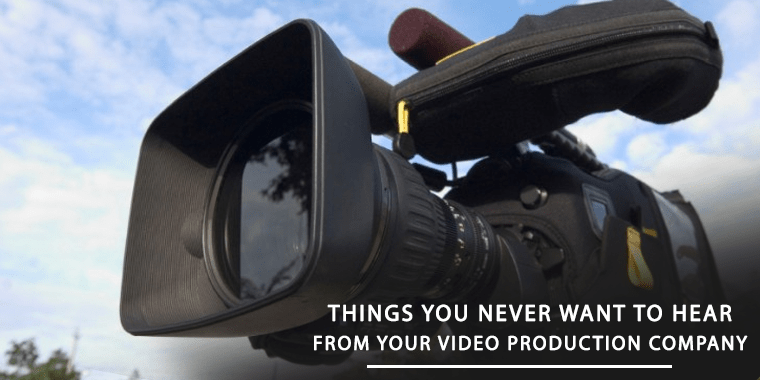
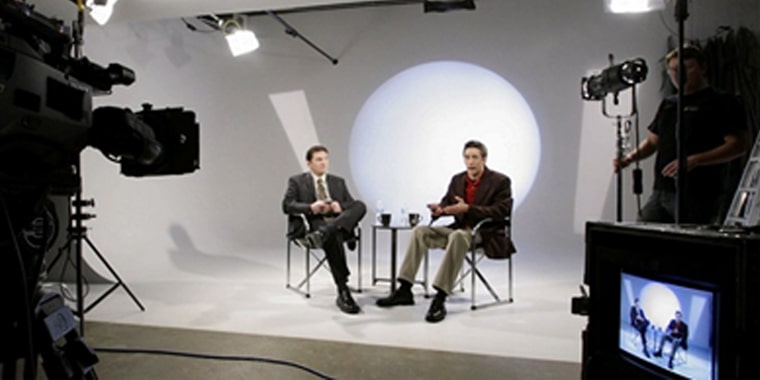

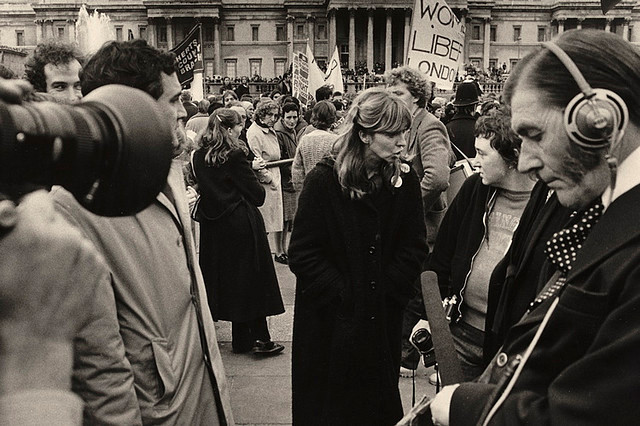
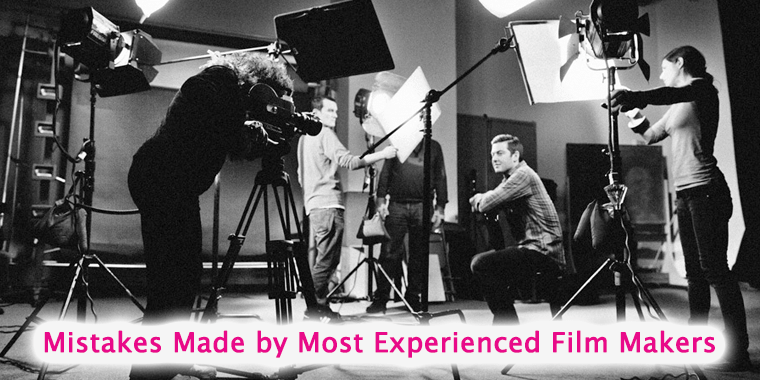
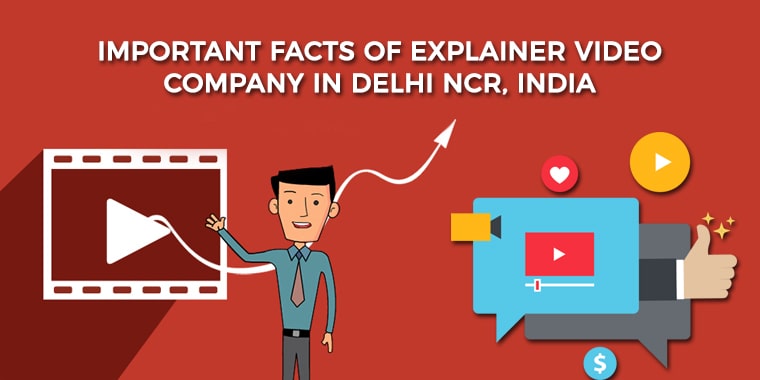
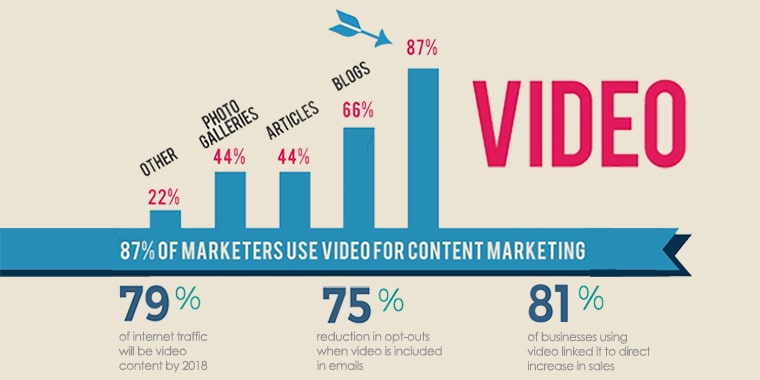
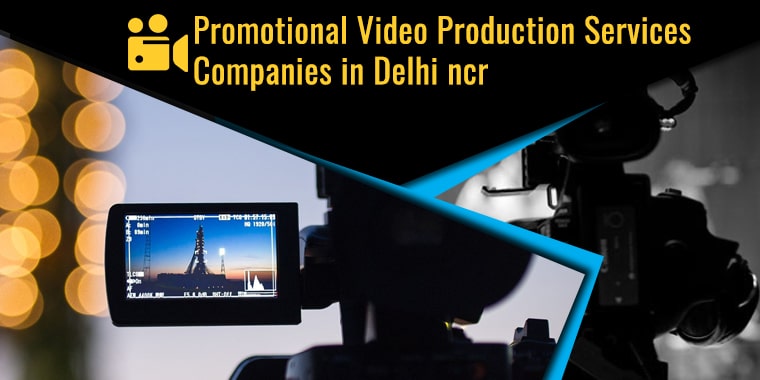
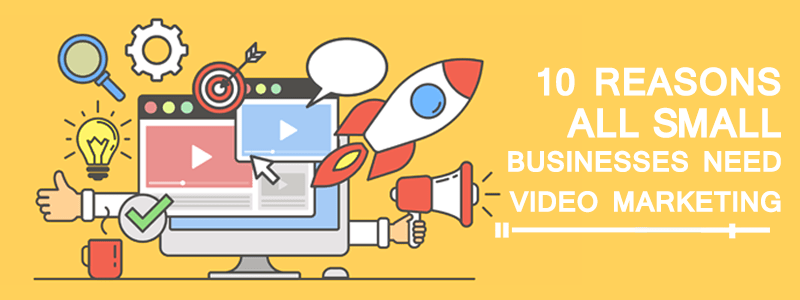
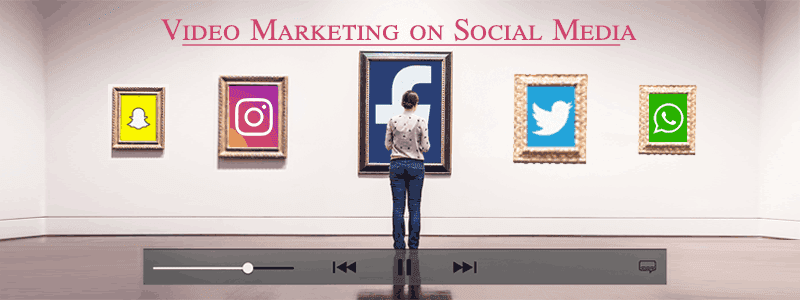



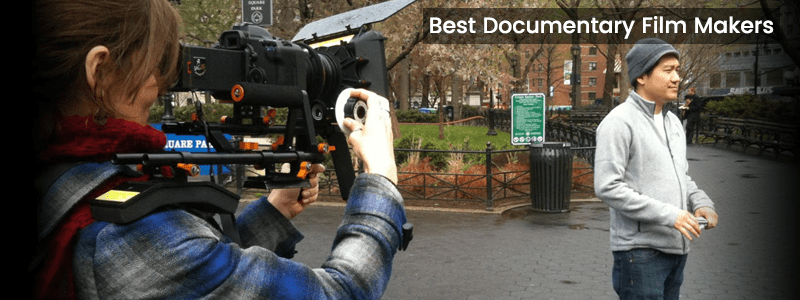

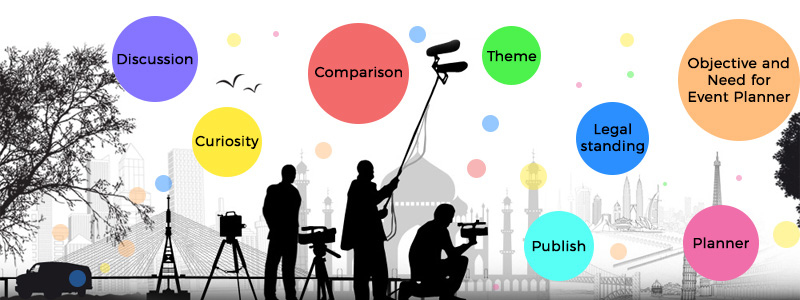


.jpg)
.jpg)
